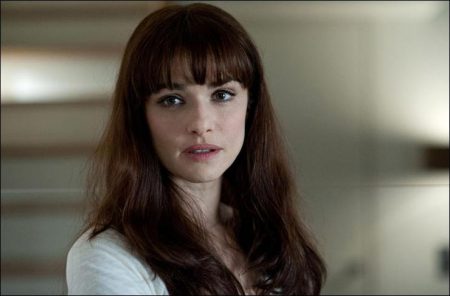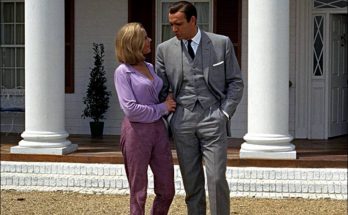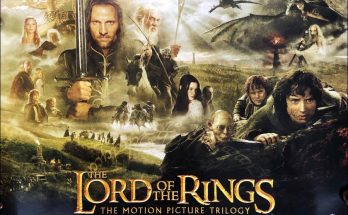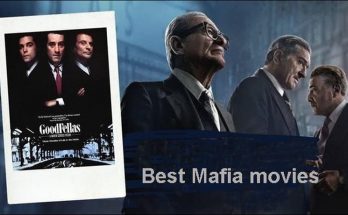360: Quite simple overall look and designs. The overall look of 360 is fairly simple in the way he had the idea of not knowing narration of the characters, and as a way to show consistency and create a sense of one piece, it was logical for all environments were as natural and realistic as possible regarding the protagonists lives as they wander around the world.
Meirelles is deemed to be an incredibly visual director, according to his ideas and style in which he draws, with palpable emotion and passion he brings to the forefront of the screen. It is open to be influenced by time and area, he films inside, much like the principle of 360, which in terms of location can lead to decisions being made instinctively between him and his team.
In terms of style camera Meirelles and his cinematographer, Adriano Goldman, had a fluid dialogue because they worked together, and both were very attentive being naturally aware of their surroundings, as they constantly looked for interesting frames for translate the characters and their moods.
As Meirelles says, “We play a lot with the development because we speak our mind, almost see the story from inside the heads of characters and so we do not want a very clear picture and all clear, if we play with the development and reflections. It’s like we’re a bit confused and mixed up at times, which reflects the state of feeling characters.”
360 of the world is transient, with stories zigzag around the world in taxis, cars, buses, airplanes and on foot. The pattern of a plane weaves throughout the film, as the action takes place in bars and restaurants anonymous, large airports and hotel rooms indistinct, private apartments and houses, tourist spots and side streets dark. The characters, and sometimes the camera moves 180 and 360 in time with their plights, are constantly moving their paths cross and intertwine throughout the movie.
For Jean-Paul Kelly, the production designer for 360, together with Meirelles was the occasion, he undertook with relish, as the design of the film from the sets, through costume and camera work became a journey in itself as it moved between different places and countries, and has further evolved in an instinctive way that the camera rolled, many directed by Meirelles.
As Kelly explains, “Fernando loves suggestions and we all developed the look of the film and the worlds that people live very much as a team. Monica (costume designer) and I were really involved in the movements of color throughout the film, with Adriano, and we found something coherent and cohesive to get ideas that we wanted. Fernando was fantastic to work with as he gets very excited by the environment, it is, so it does not start with an idea by saying: “I think it should look like this.”
Instead, it may have an idea of what it might start and then it gradually turns into something, and the benefits of this outweigh the disadvantages of all of a sudden the day to decide, “Oh, we look at this Street “because it becomes part of the progression, that inhabit the worlds we create. Maybe the day he will say, “Oh maybe you should go through this door, or down the stairs” and it really adds a kind of what we build as a play. ”
The color palette chosen for the film reflects the seasons that pass through it and it changes gradually between each city, beginning with a winter look and feel, before moving to the spring that the movie is complete as characters pass through areas with different color accents subtly chosen, whether by suit or through the environment, for example Valentina with its distinctive red beret.
Related Link: View the Full Production Notes for 360
Views: 68



